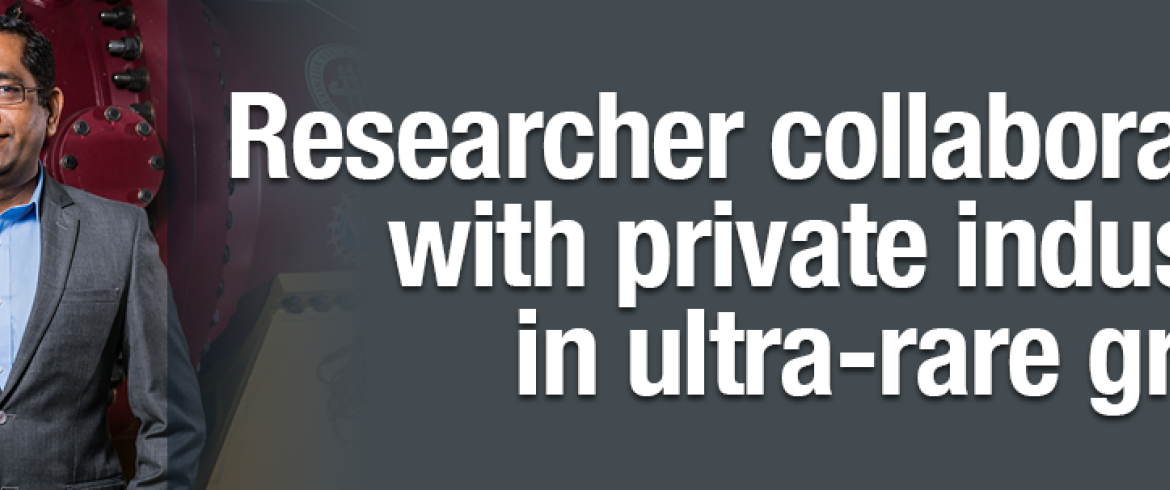
One of the key elements in science is collaboration. In academia that often means leaving the nest to flock to partners in private industry.
Few exemplify that spirit better than Rajan Kumar, an associate professor at the FAMU-FSU College of Engineering. Kumar's research at the FSU-based Florida Center for Advanced Aero-propulsion recently resulted in an ultra-rare Phase III Small Business Innovation Research (SBIR) grant. It is the first time that such a grant in that phase has been received by anyone at the College of Engineering.
Kumar's grant, "Supersonic Turret Advanced Research (STAR)," is a continued partnership between himself, the United States Air Force and the Ohio-based company Spectral Energies, LLC., all of whom worked together on the grant's first two phases. In its third phase, the grant has been awarded more than $425K through November 2020.
The project's objective is just as evocative of science fiction as its name suggests. But, with time and research, fiction may one day become fact.
"The goal of these airborne laser systems is to produce an aircraft-mounted laser capable of engaging specified targets," Kumar said. "The most common of these systems consists of a photon source, a beam transport system as a means of transferring energy from the laser to a telescope and a tracking system used to focus on an intended target."
When aircraft move faster than the speed of sound (supersonic), they produce shock waves that change the density of the air around them. This density change disturbs normal laser behaviors.
During the first two phases of this US Air Force-funded research, investigators studied a range of flow diagnostic techniques to measure the shock-induced aero-optical distortions that affect aircraft-emitted lasers. This included measuring baseline flow around aircraft turrets and characterizing the fundamental mechanisms involved.
The intent of the third phase is to further increase the Technology Readiness Levels (TRL) and continue characterizing and developing systems capable of withstanding aero-optical disturbances using realistic, three-dimensional measurements. With this information, they will be able to demonstrate the scalability of the technology and its effectiveness in real-world, high-turbulence transonic and supersonic conditions.
Kumar and his team will use fast-response pressure-sensitive paints, strain gage balance, particle image velocimetry, 3D density field measurements and other specialized sensors to monitor the behavior of the laser with regard to shock-induced aero-optic effects
The goal of the SBIR program is to get small businesses and other institutions to participate in federal research aimed at commercialization. Structured in three award-based phases, the first phase assesses the feasibility and merit of an organization's research to the program objectives and rarely exceeds $150,000. Awardees reach Phase II, which generally awards no more than $1,000,000 over a two-year period, based on results produced in the first phase.
For comparison, awardees only receive Phase III grants once the commercialization potential forwarded by the first two phases can be actualized. As a result, Phase III grants are rare.
Kumar said the Air Force's involvement in the project is based on an interest in measuring aero-optical distortions inherent in laser research and "finding a flow control solution to minimize these distortions for better performance of the laser system."
Kumar credits the facilities and resources available at the FAMU-FSU College of Engineering for making this research possible.
"The main reason we won this grant is due to the availability of our polysonic wind tunnel and my experimental aerodynamics group. Both the test facility and our expertise is well recognized by the Air Force," he said.
"Winning a Phase 3 SBIR is a big achievement for us and will further enhance our capabilities and keep us ahead of the competition."
To learn more about the SBIR program, visit https://www.sbir.gov/.
